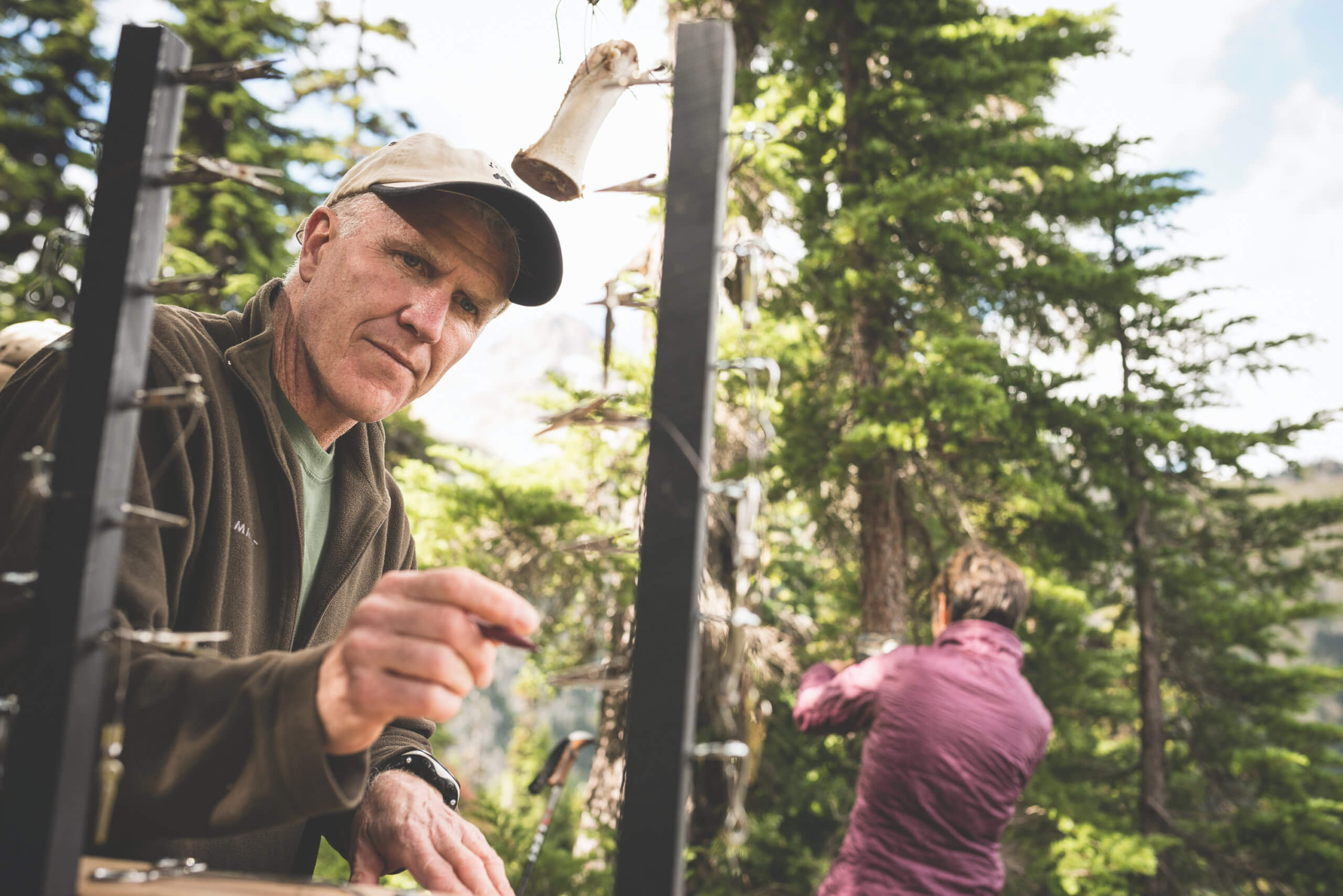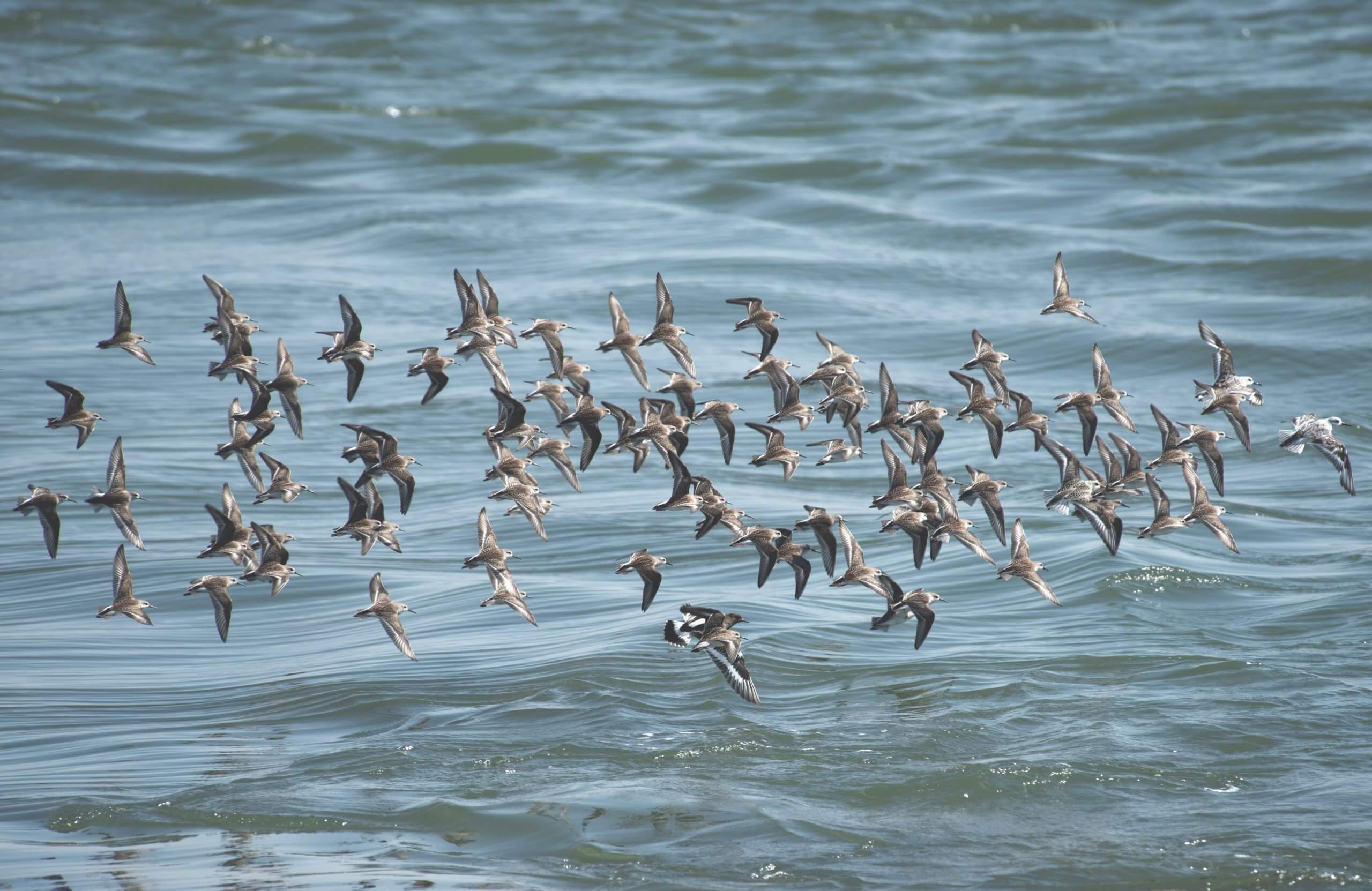Building Infrastructures To Support Scientist Engagement
16 December, 2013 by Brooke Smith
Categories:Communication, Leadership
Tags:Brooke Smith, collaborating, community, convening
Last week, the National Academy of Sciences (NAS) Roundtable on the “Public Interfaces of the Life Sciences” (which I have the huge honor of serving on), convened a workshop to explore “The Sustainable Infrastructures for Life Science Communication.” While our title is a mouth full, this topic is near and dear to my heart and COMPASS’ soul.
Our general premise: scientist engagement does not just happen. It takes work, support, policies, help, mechanisms, resources, and cultural acceptance, among other things. Additionally, there are barriers that make it challenging for scientists to engage – from lack of funding, to an antiquated promotion and tenure structure (at most institutions). With this in mind, our Roundtable members, invited speakers, and guests came together to explore all the things that help, support, allow, incentivize… and equally disallow or dis-incentivize scientists from engaging with various audiences or publics.
Day 1 of our gathering focused on sharing data and stories about these sustainable infrastructures for life scientists’ ability to engage. We had a full and intense day. I invite you to scroll through my Storify of Day 1 of the Roundtable (also below) – to learn what was presented and discussed.
My top take-homes, and questions I heard from folks in attendance include:
• There is huge appetite and interest from life scientists engaging across many sectors – academia, government, industry, and NGOs.
• Our existing infrastructures that support scientists to engage are inconsistent across and within institutions. We all have a lot of thoughts about this infrastructure, but there is actually a lot we don’t know (actual data) about these infrastructures.
• There are a lot of motivated scientists who have found ways to engage, and bravo to them! But, there may be a lot of scientists who are unmotivated to engage – is that okay, or should we be supporting and encouraging them?
• It is challenging for young scientists – even the motivated ones – to engage.
• Peer review publications continues to be “the coin of the realm.” We know this; data shows this. What isn’t clear is if this culture can evolve to also reward engagement?
• Where is the data and information about the return on investment of science communications? What is our value proposition, why should scientists even do it? Why should be someone pay for it?
• When people convene to discuss science engagement, they can’t help talk about Twitter.
We left feeling excited and anxious for the second day, where we were to tackle the role of funding, and then spend a hefty amount of time actually discussing what we heard and experienced. Unfortunately, a D.C. snowstorm caused the federal government and the Academy to shut down, forcing us to postpone our second day.
Fortunately, NAS is able to reconvene our Roundtable in January (date TBD soon). This long pause between the two days allows us to reflect on what we heard, think about how to best configure our second day (adaptively managing to Day 1), and even spend a few more hours together, which is a gift.
Please join this conversation, by commenting here, emailing me, or tweeting with the #NASInterface hashtag. Your comments will help our regroup in January to be as useful and relevant as possible, and all in service of making scientist engagement easier. And, even better, if you can join us in January, please do… the meeting is open to the public and will be broadcast online.



